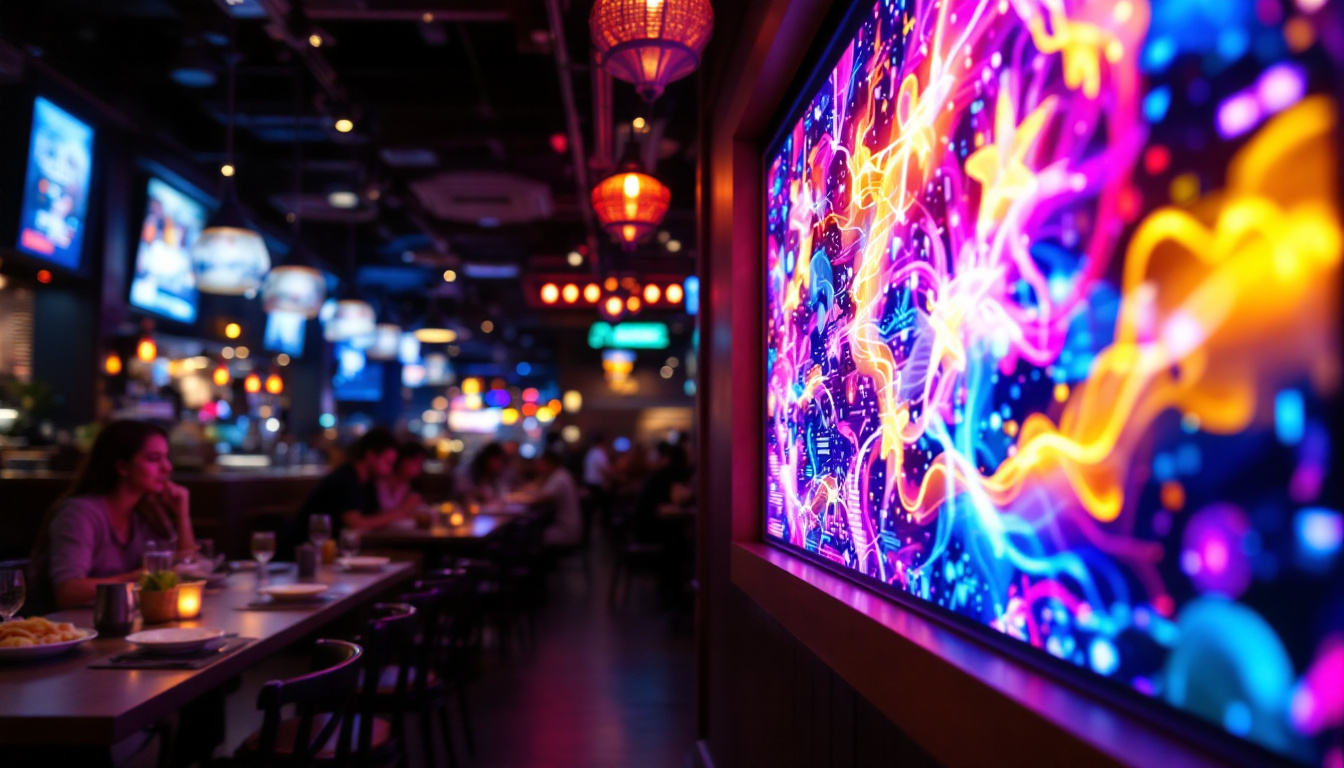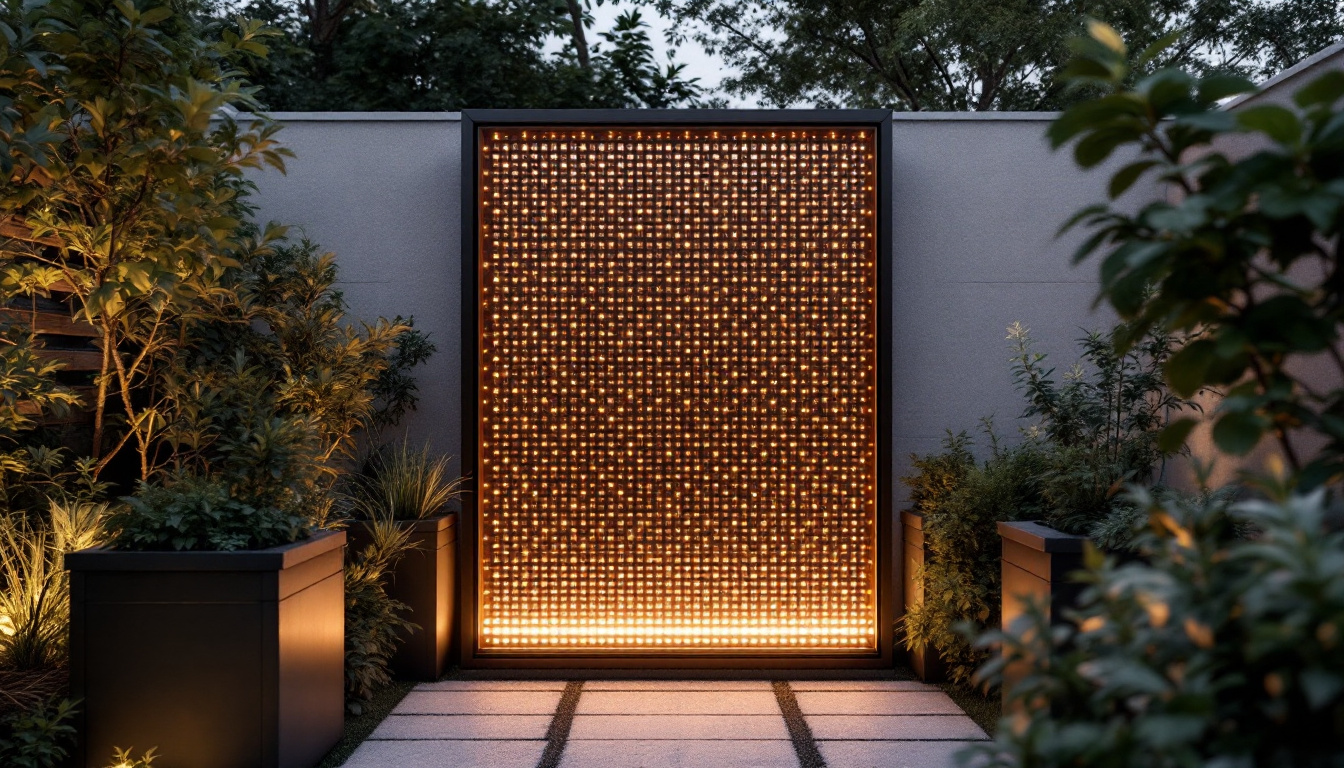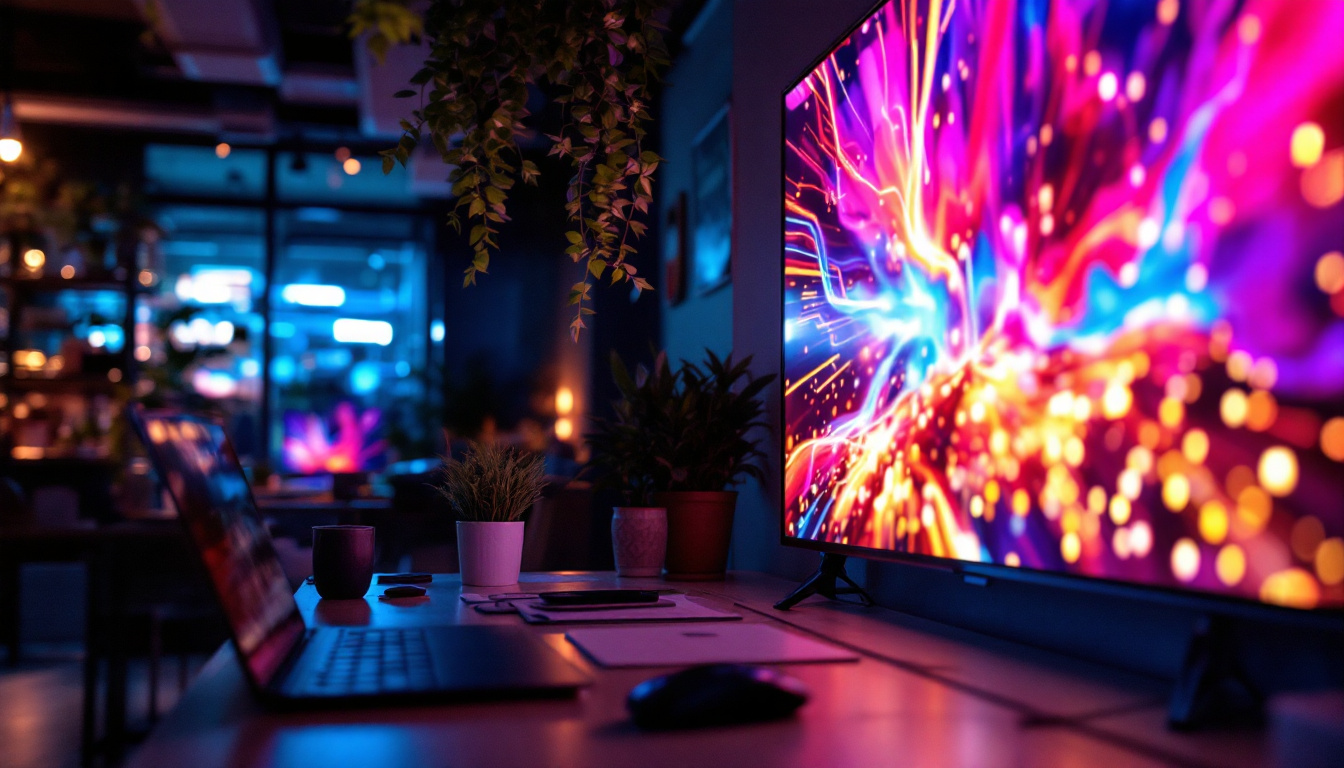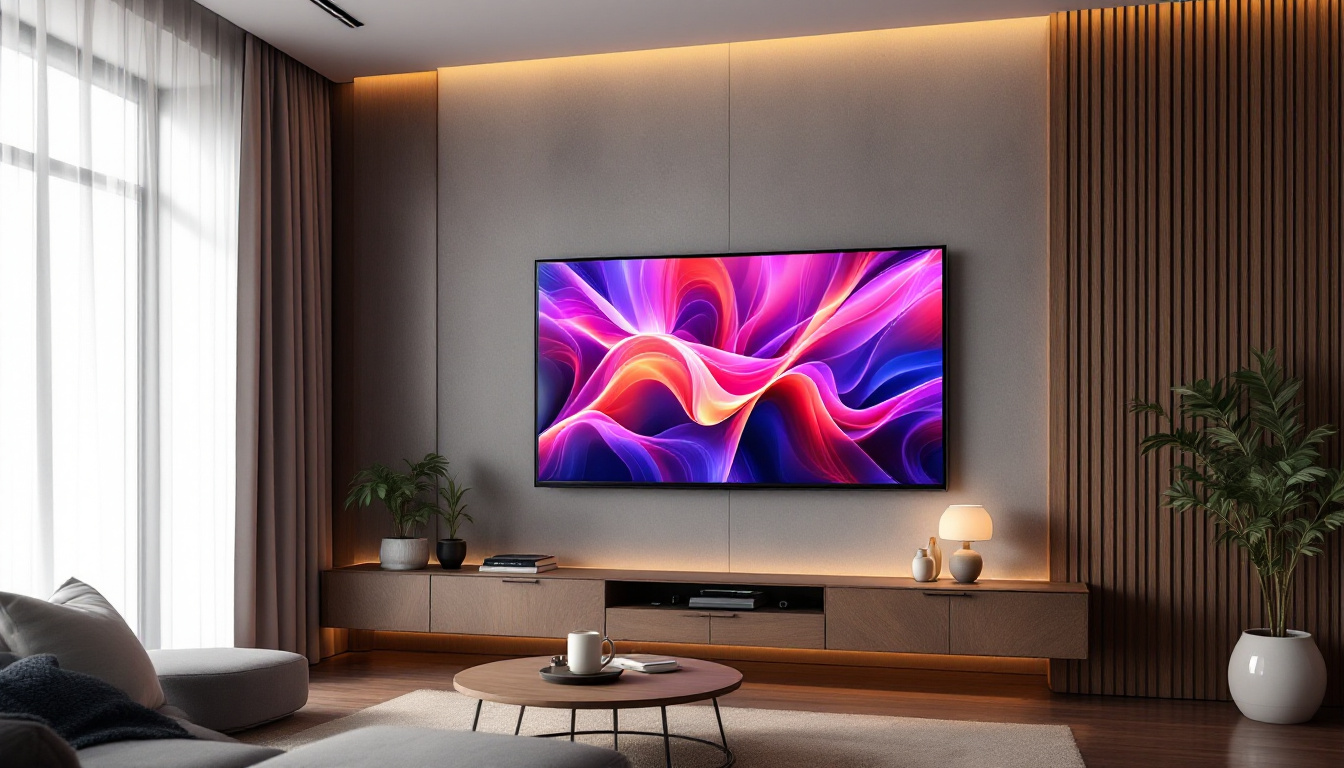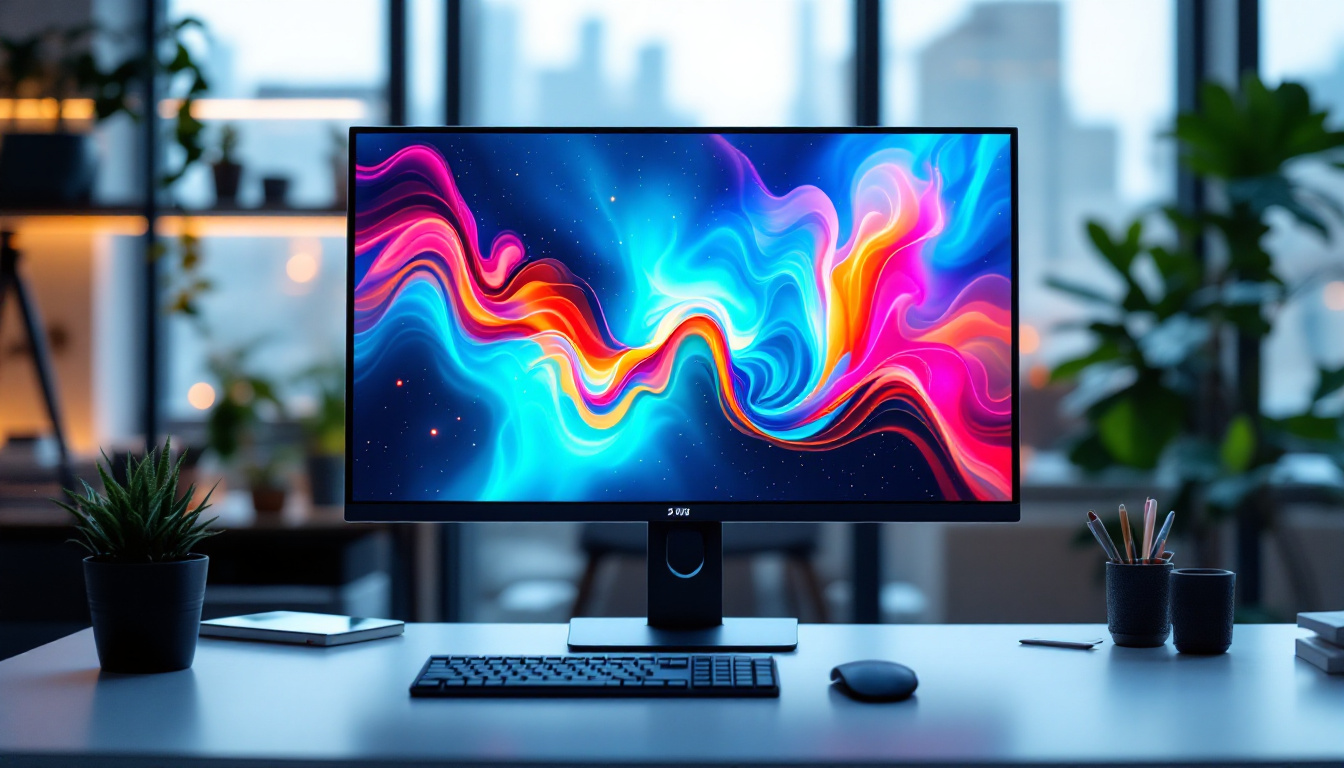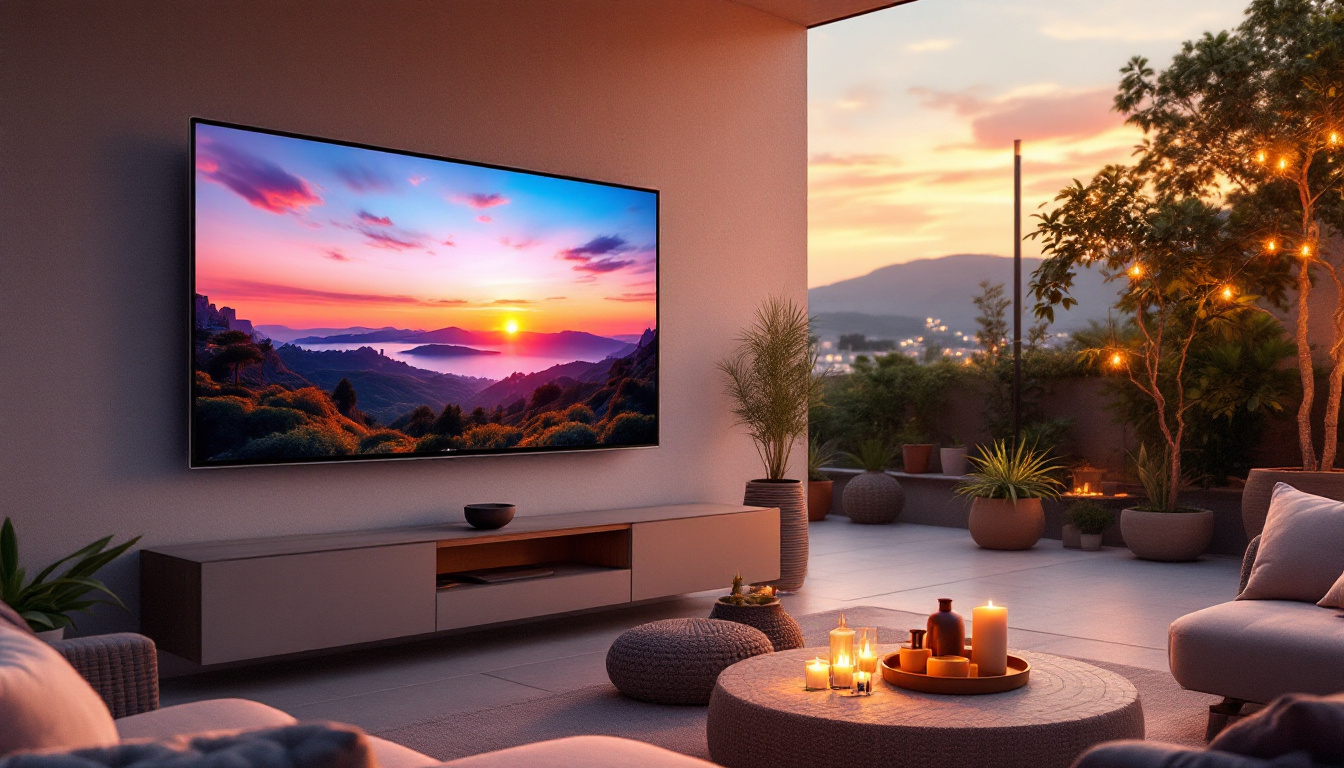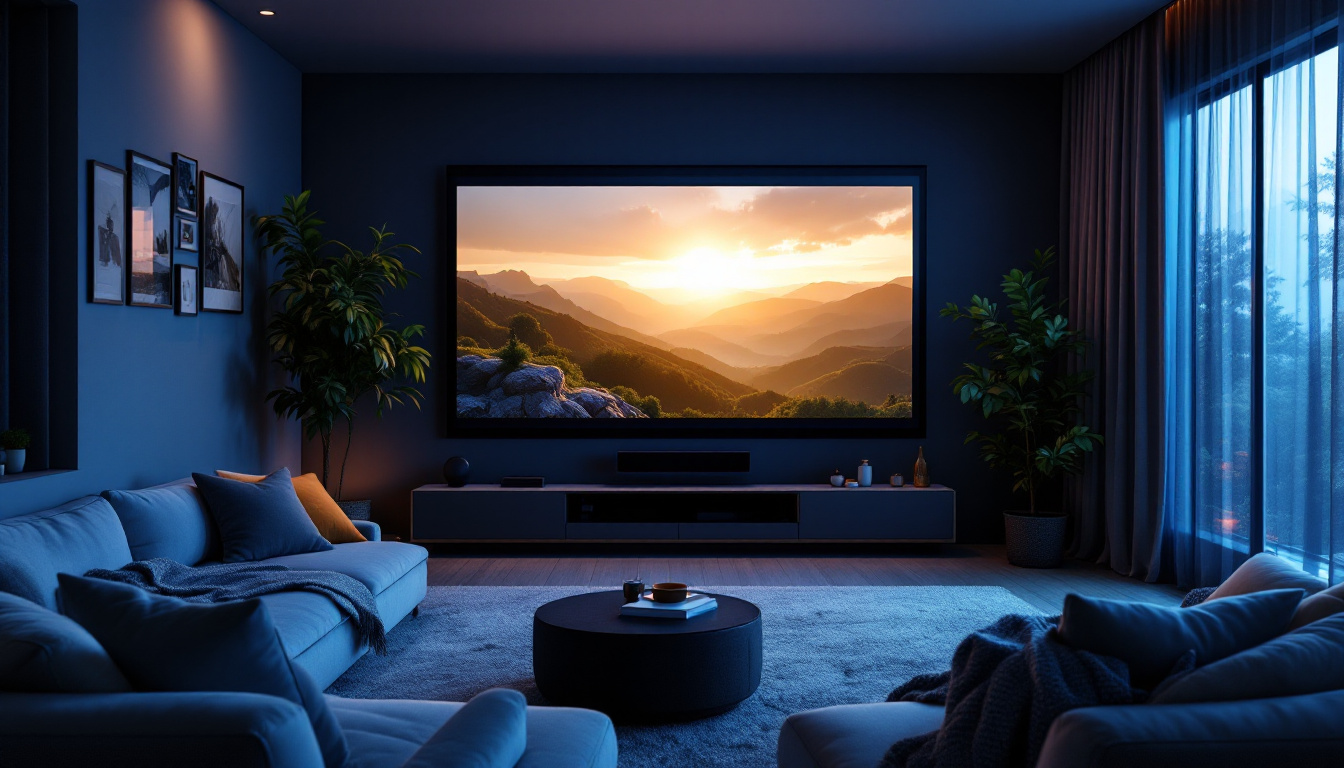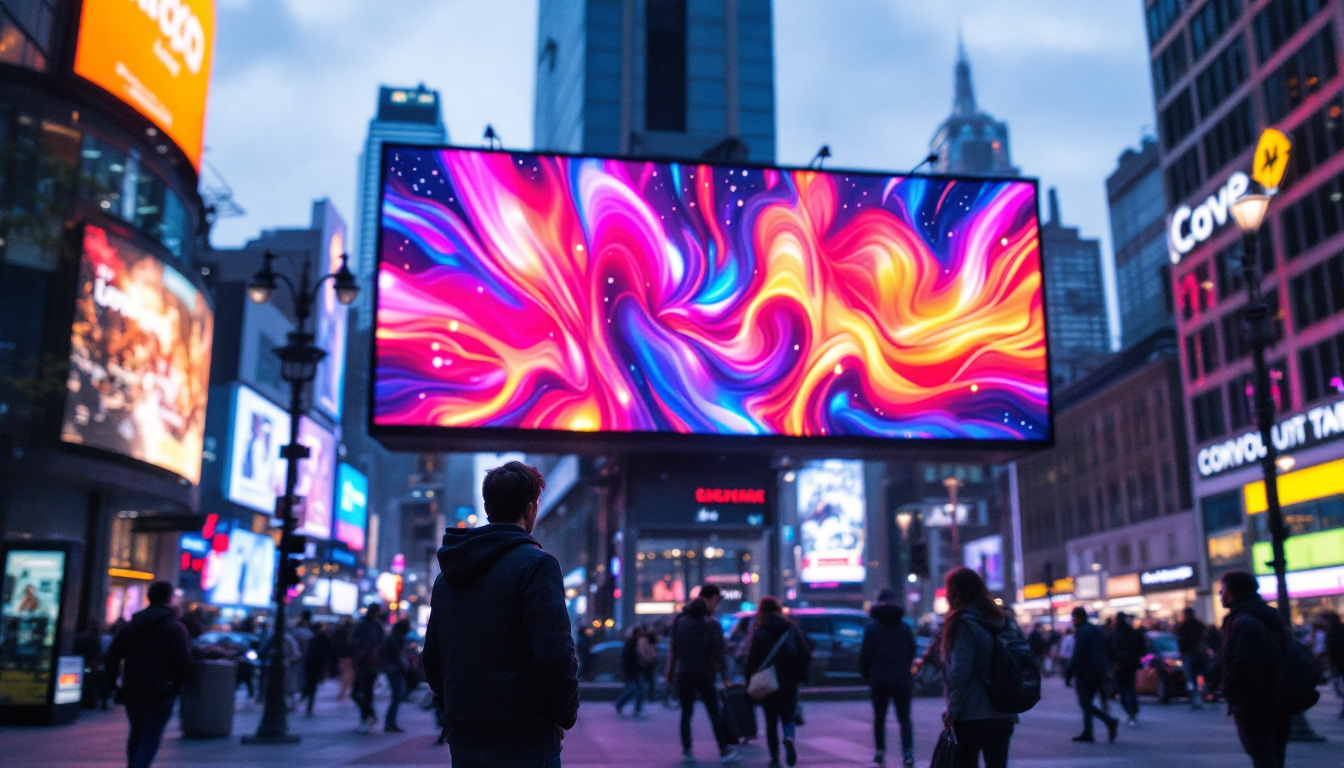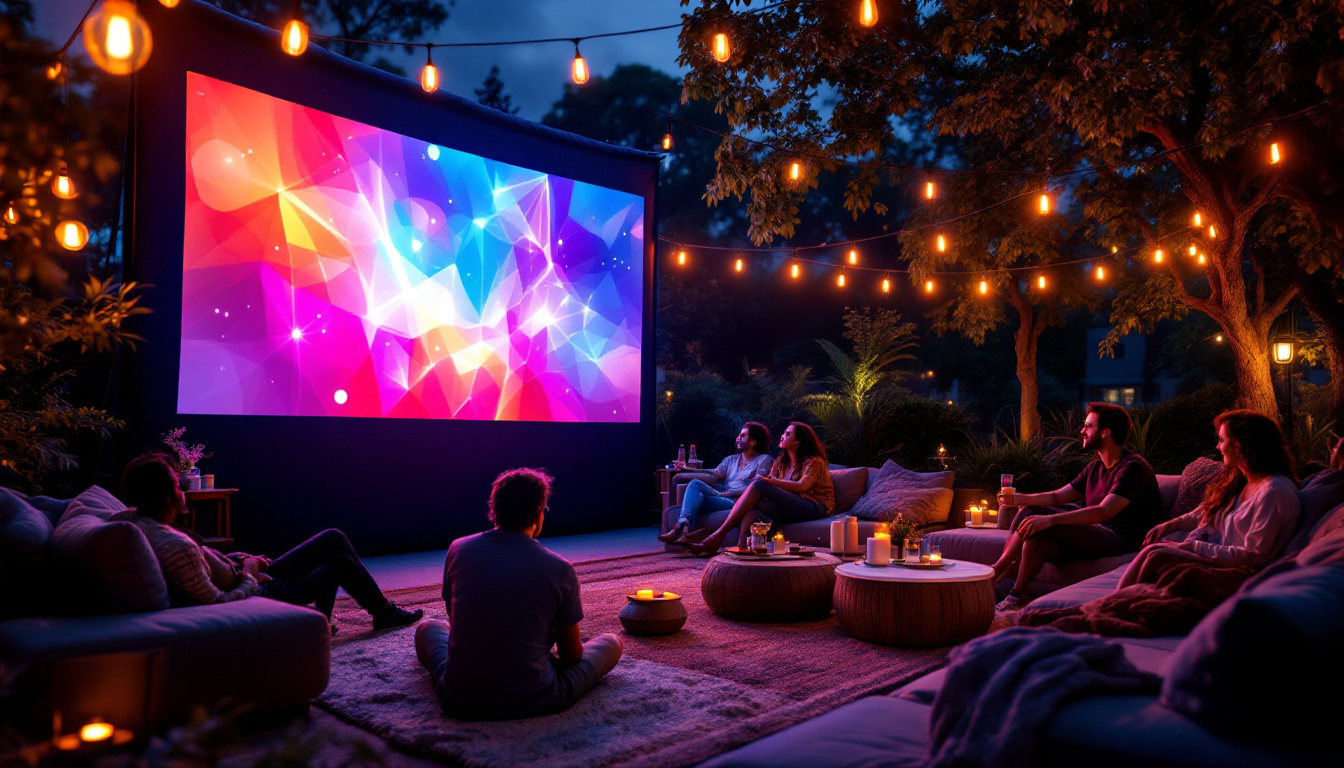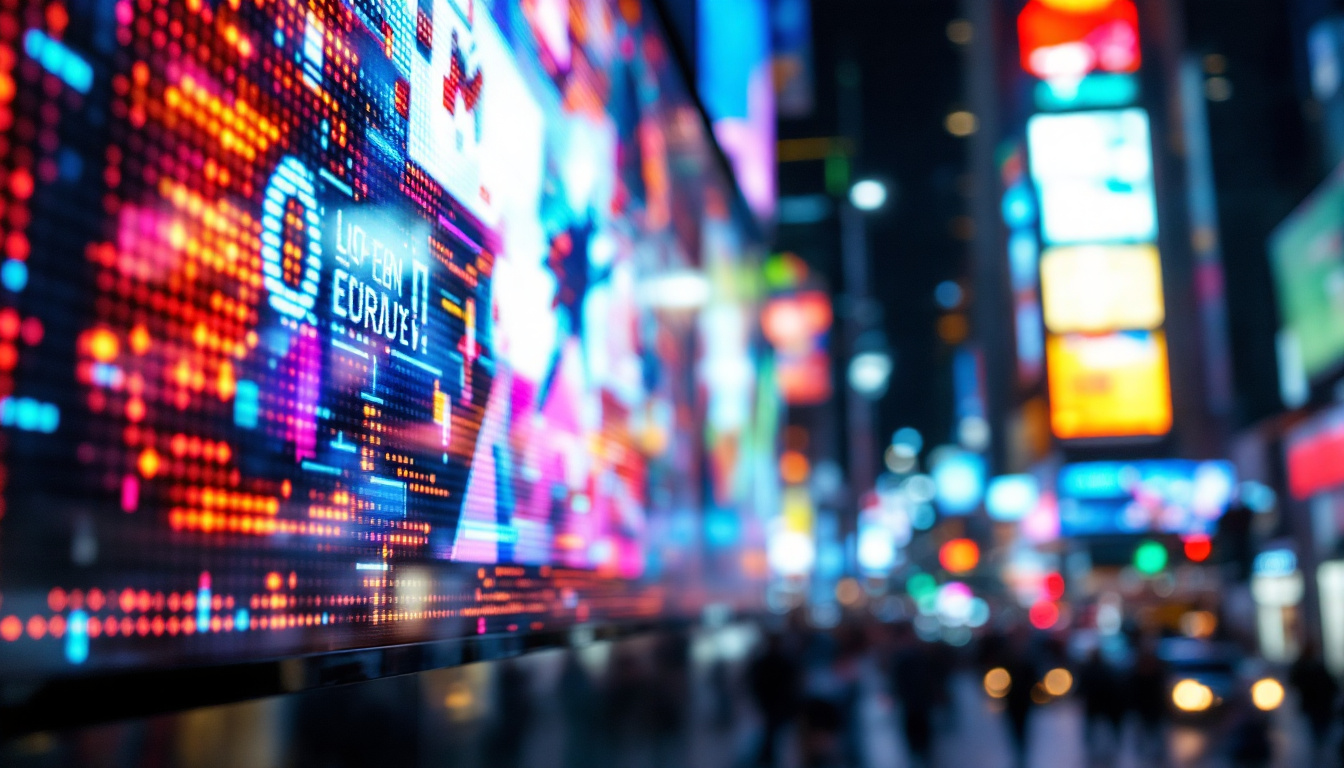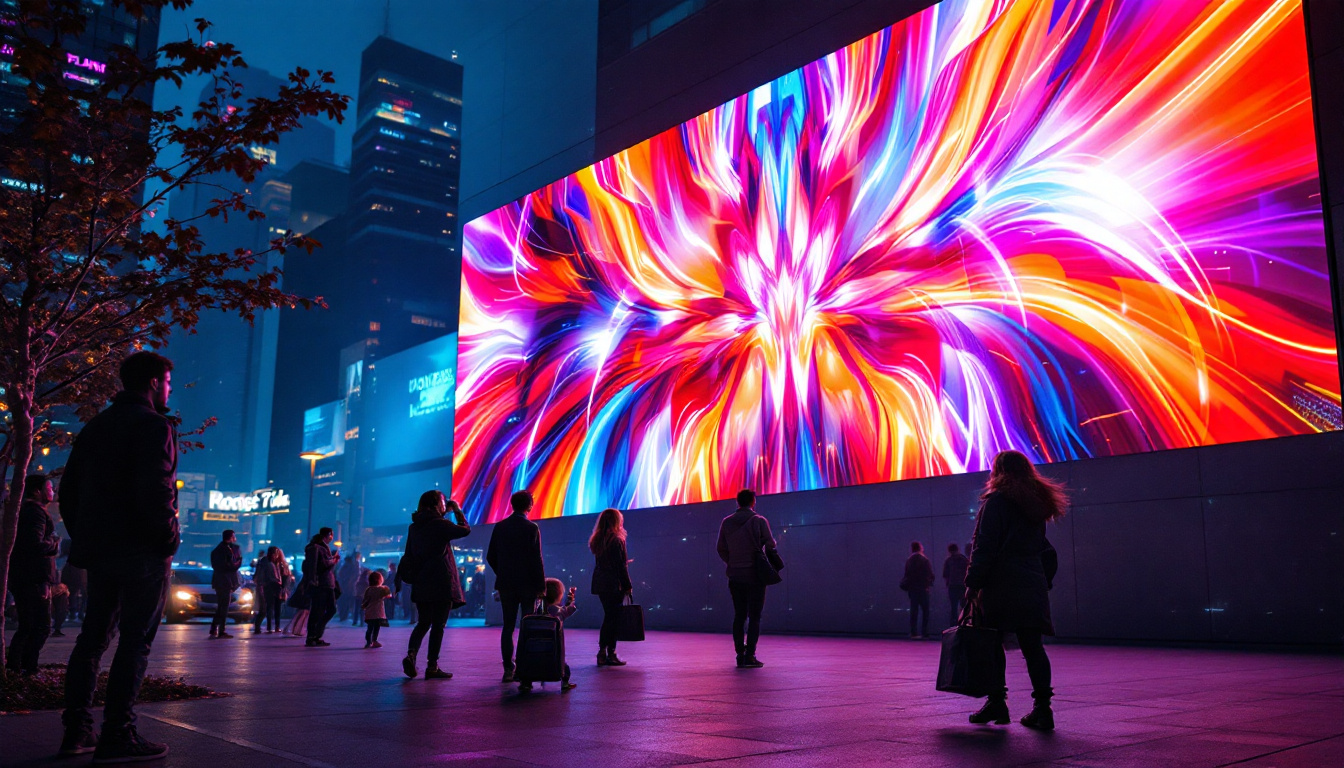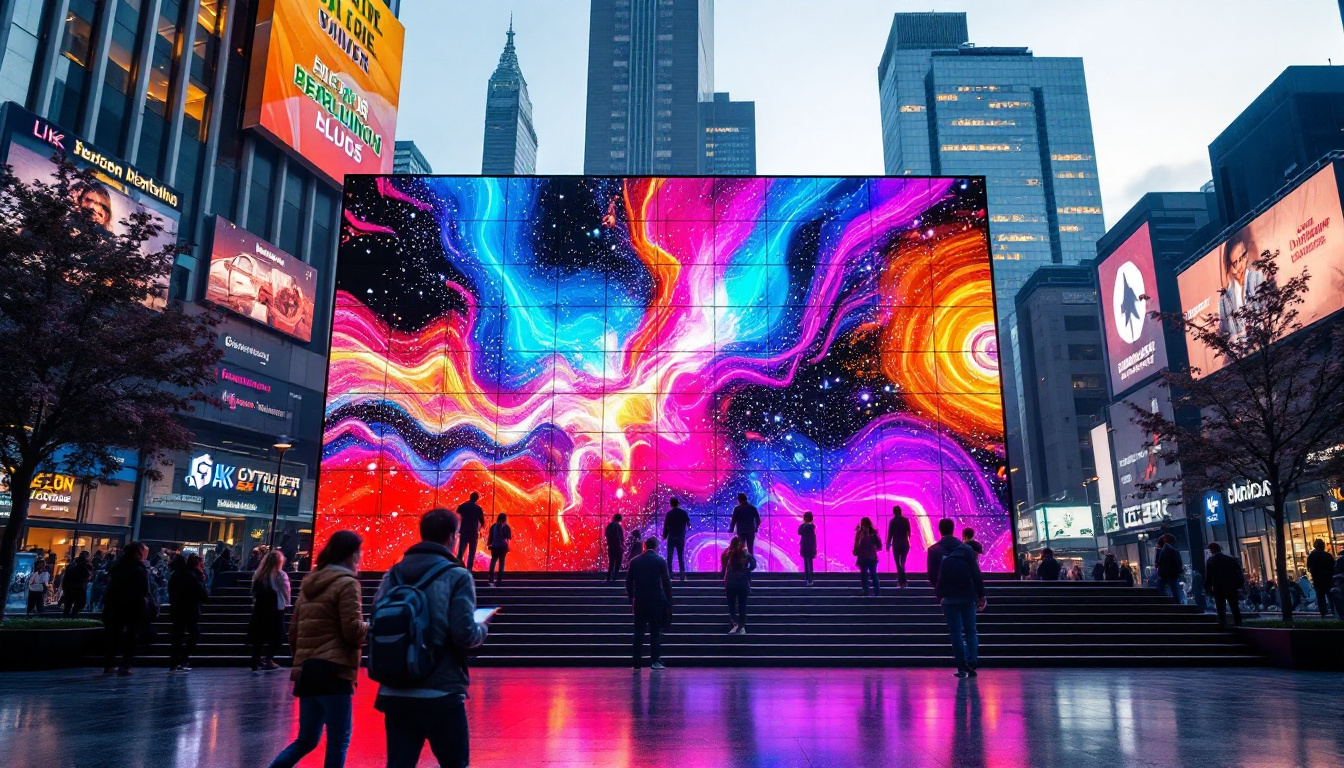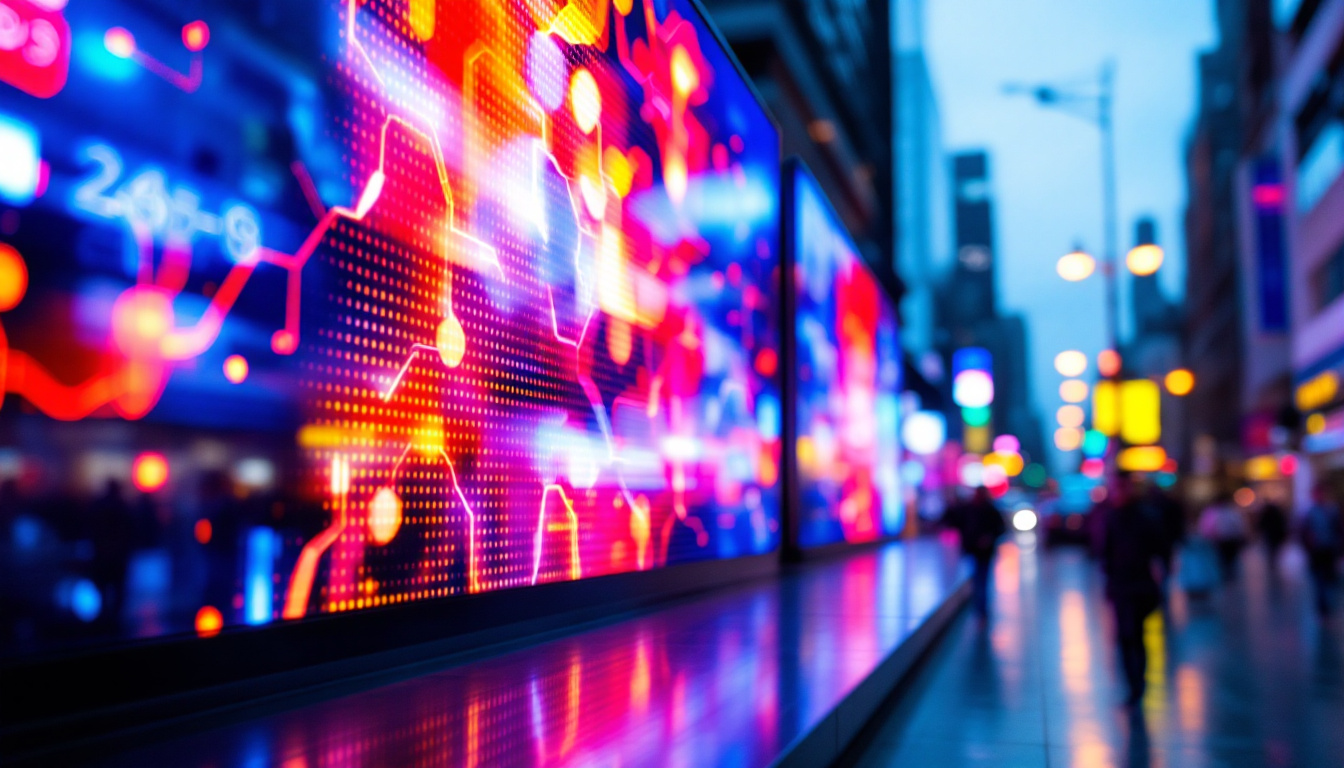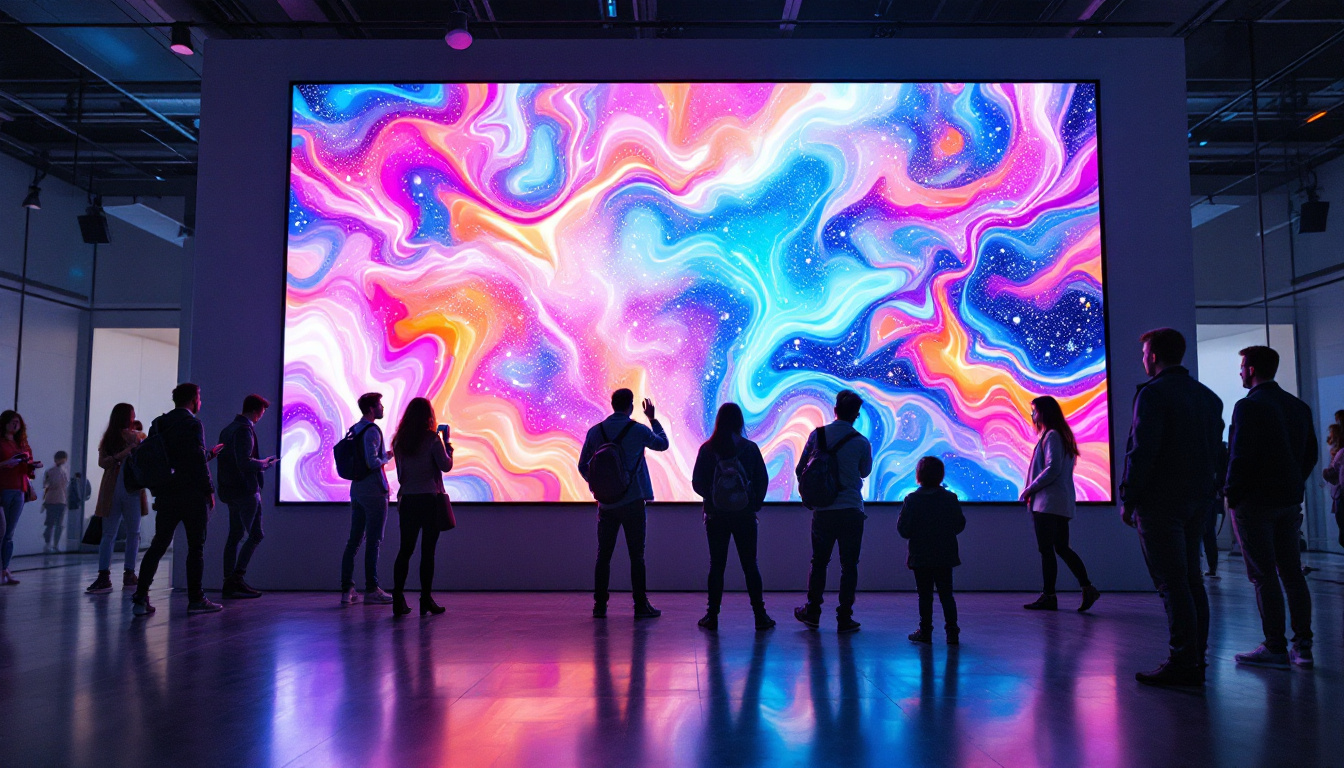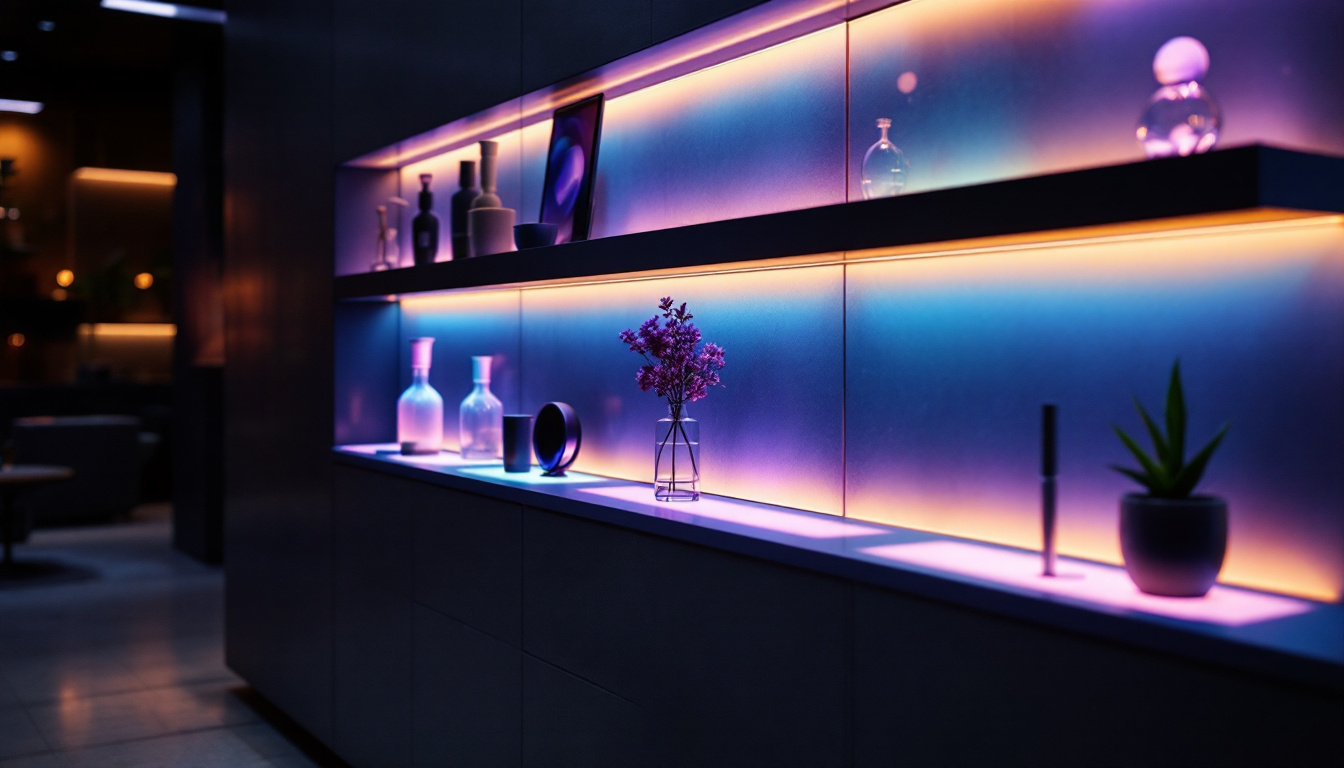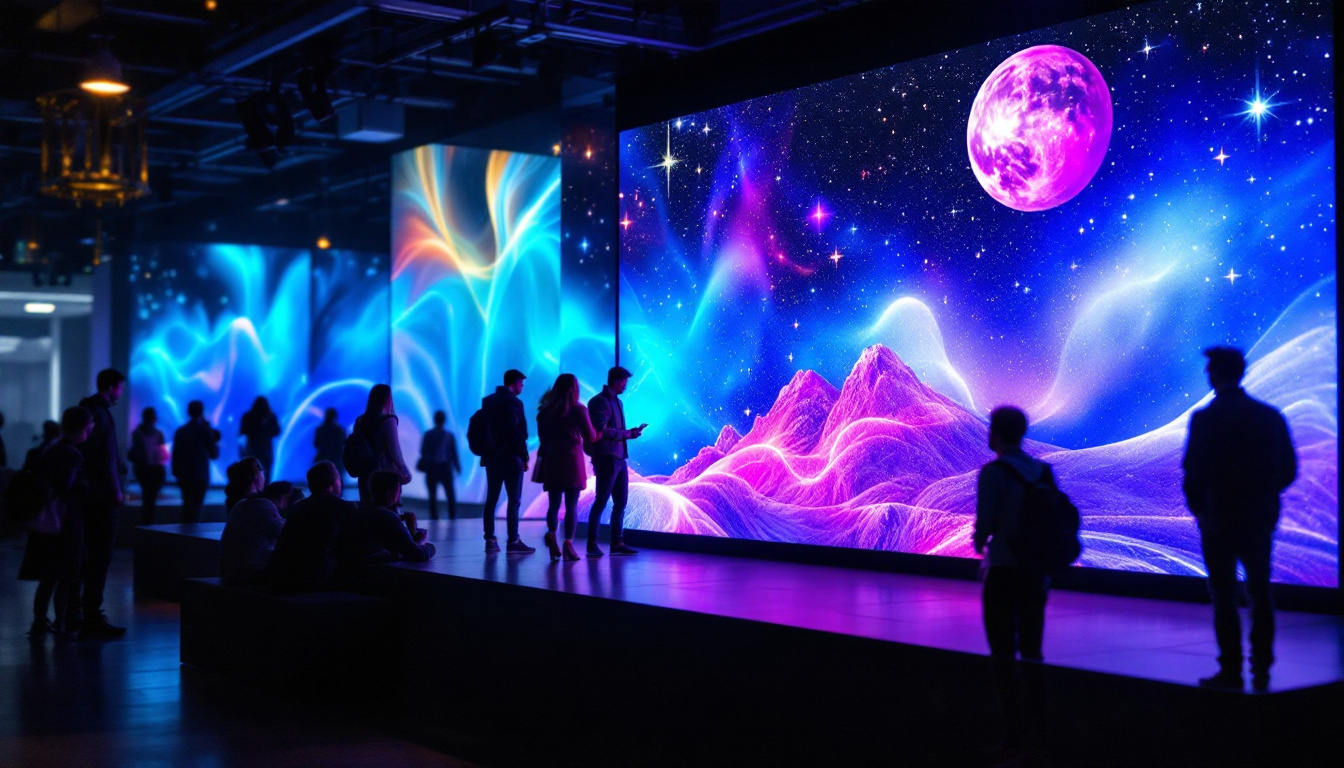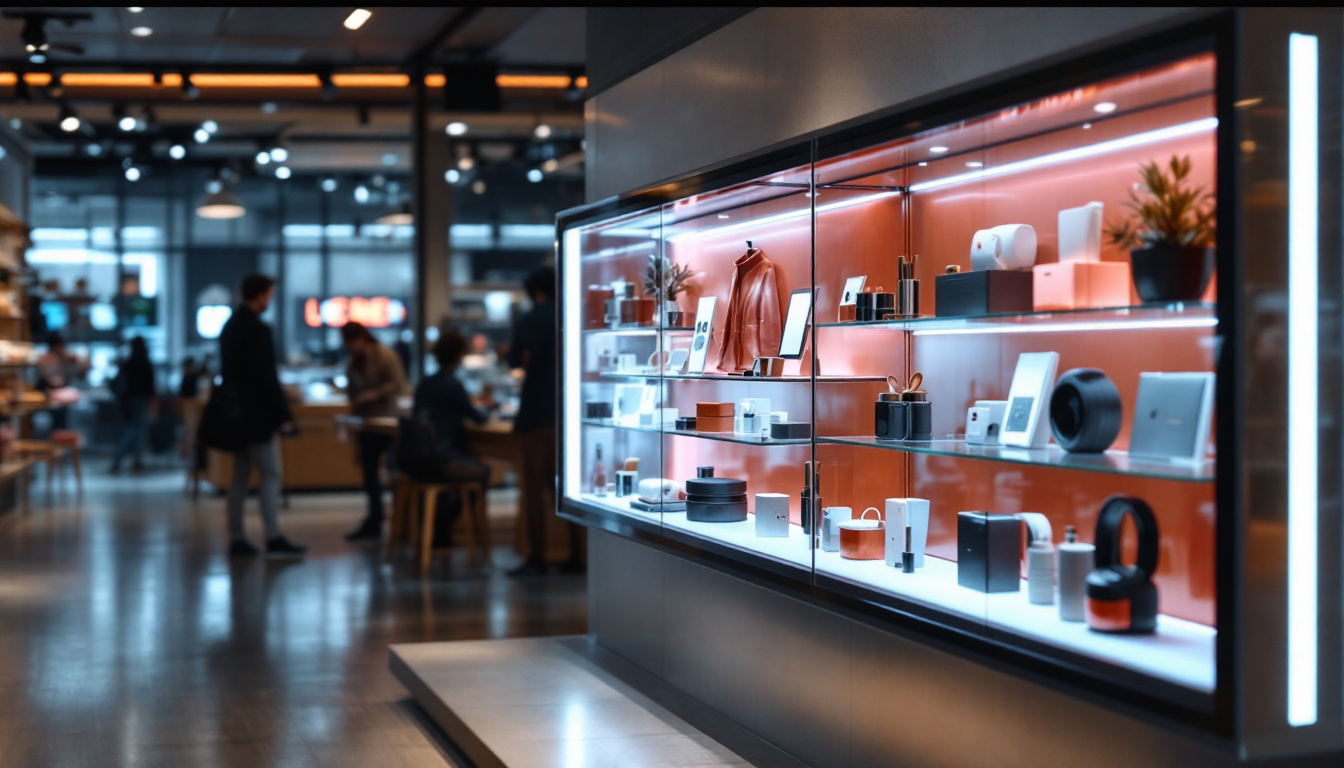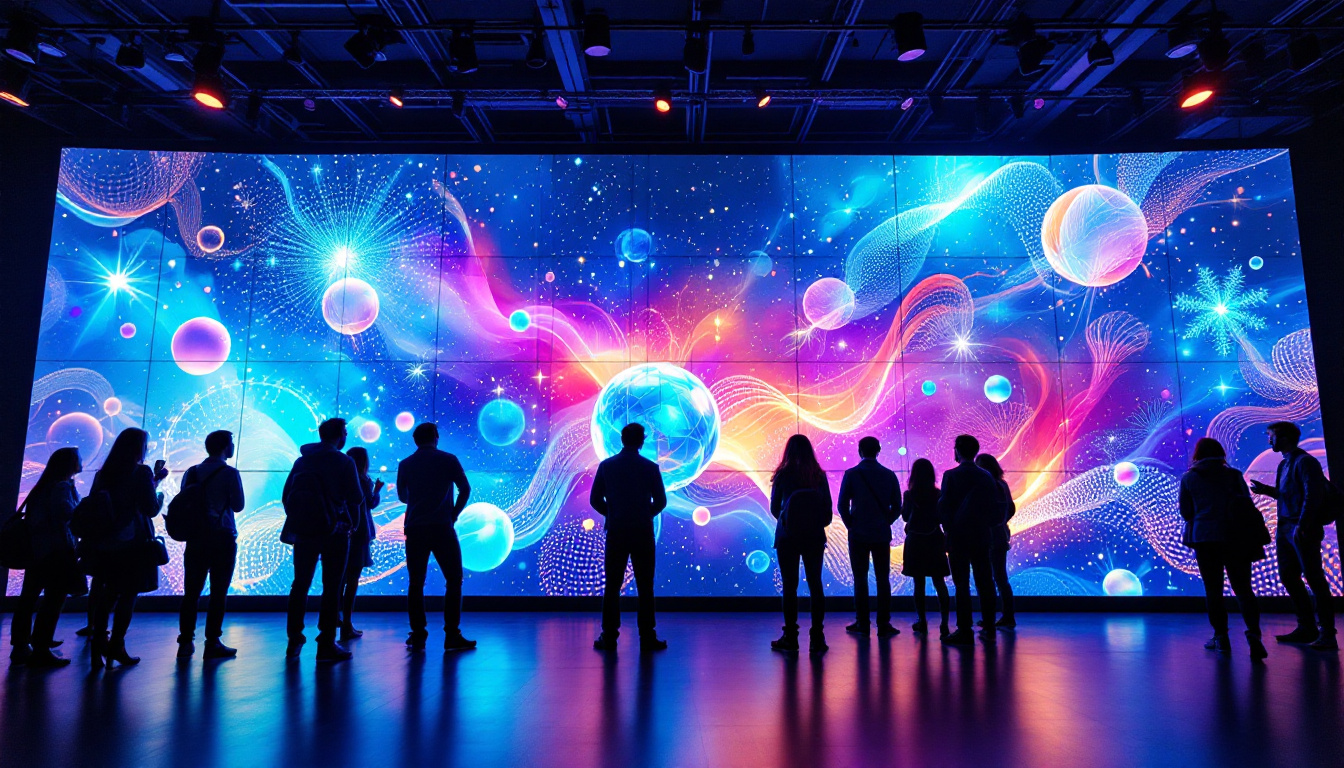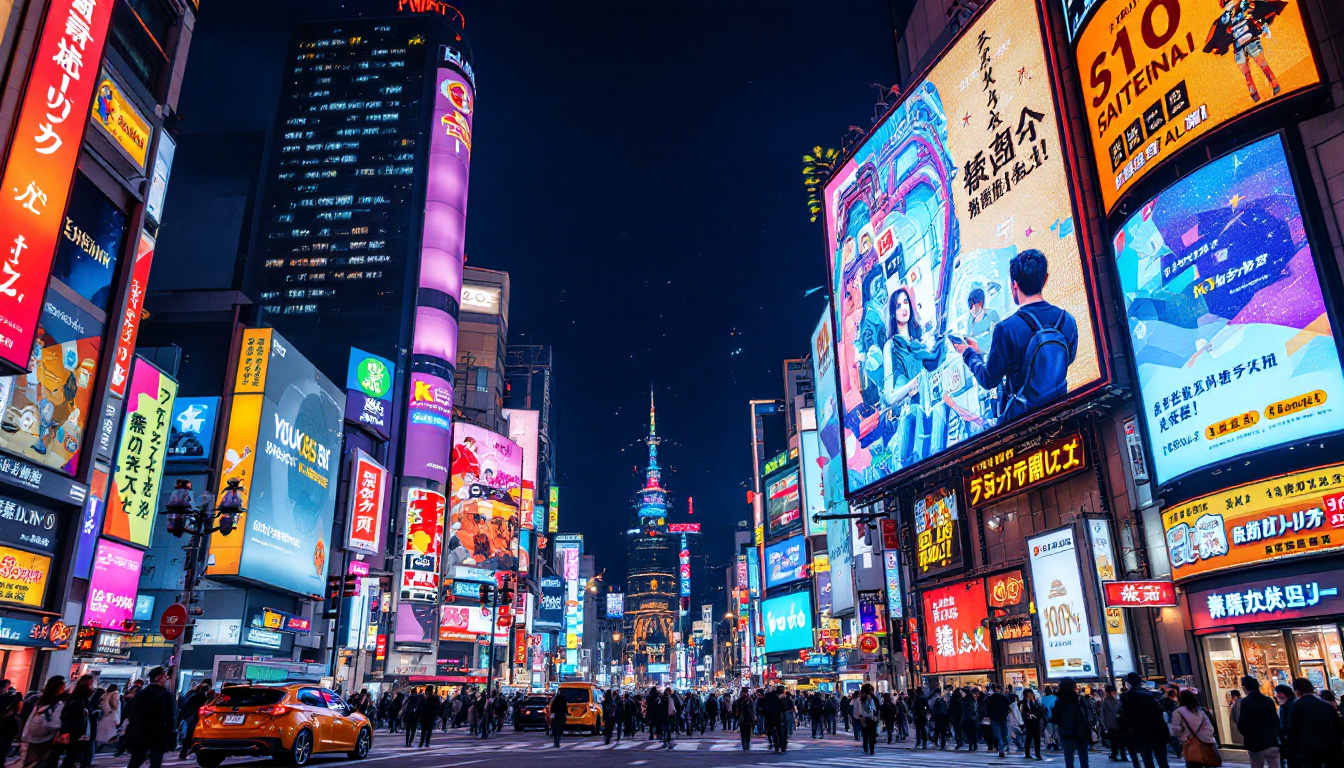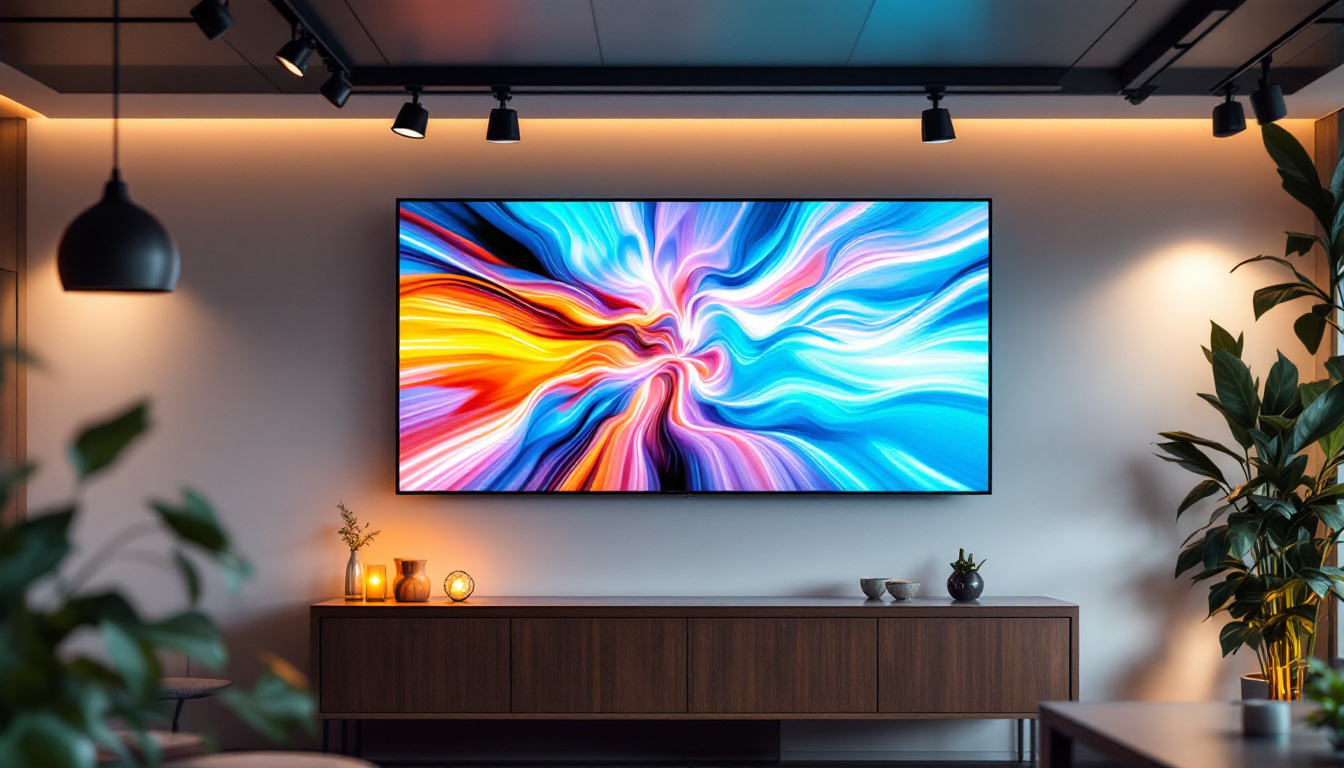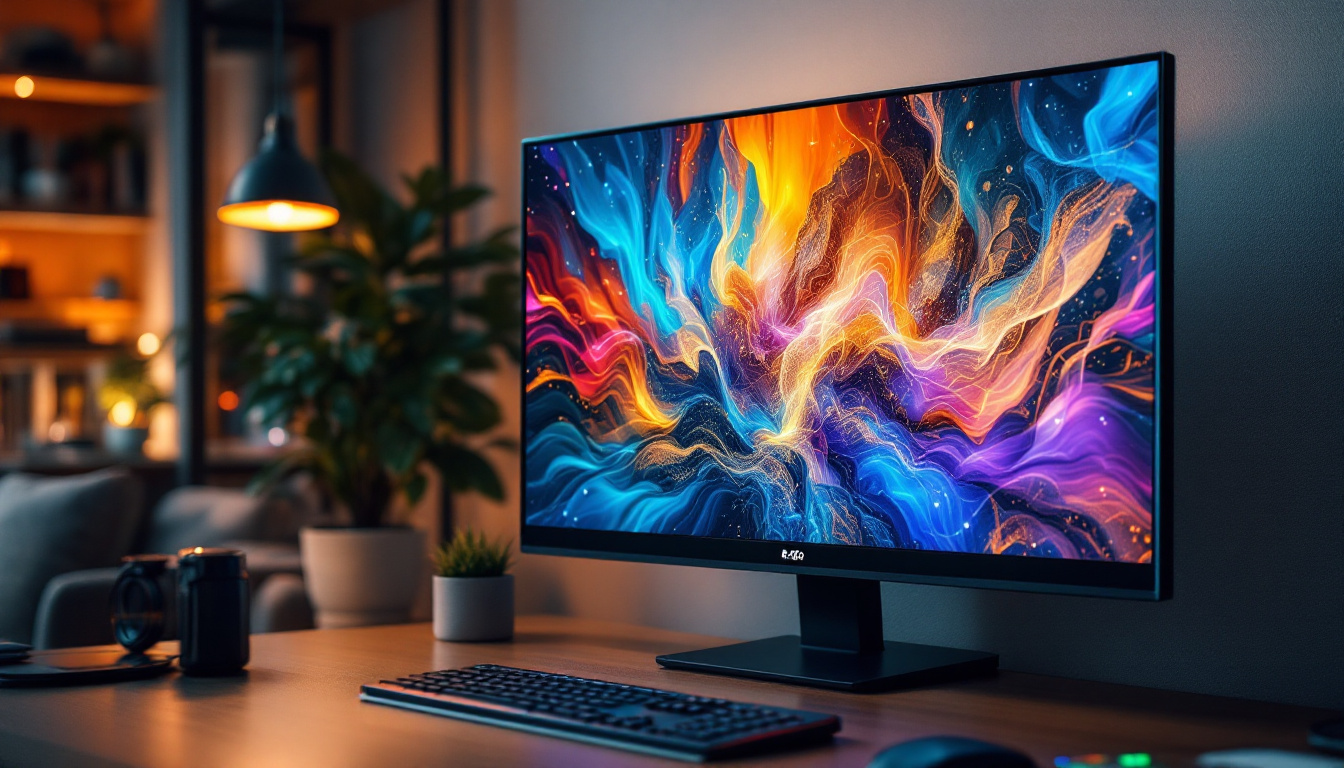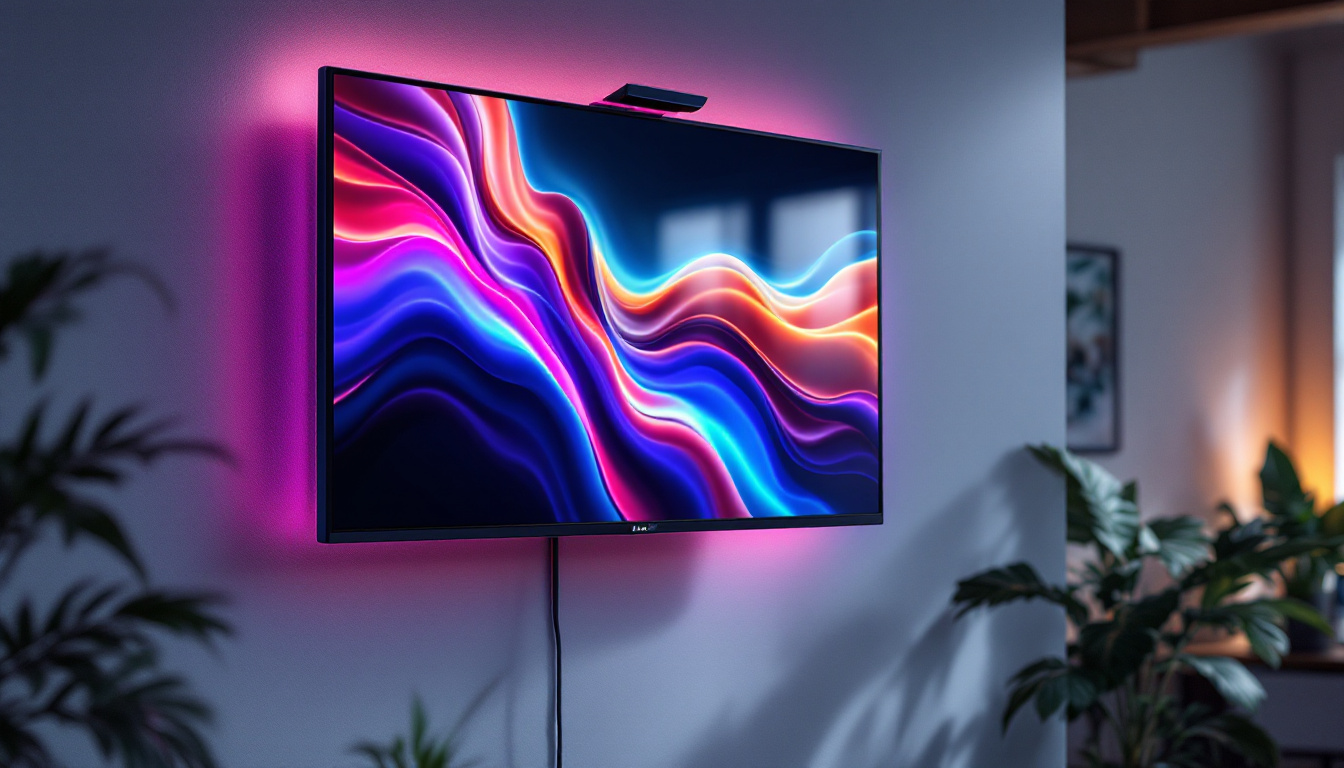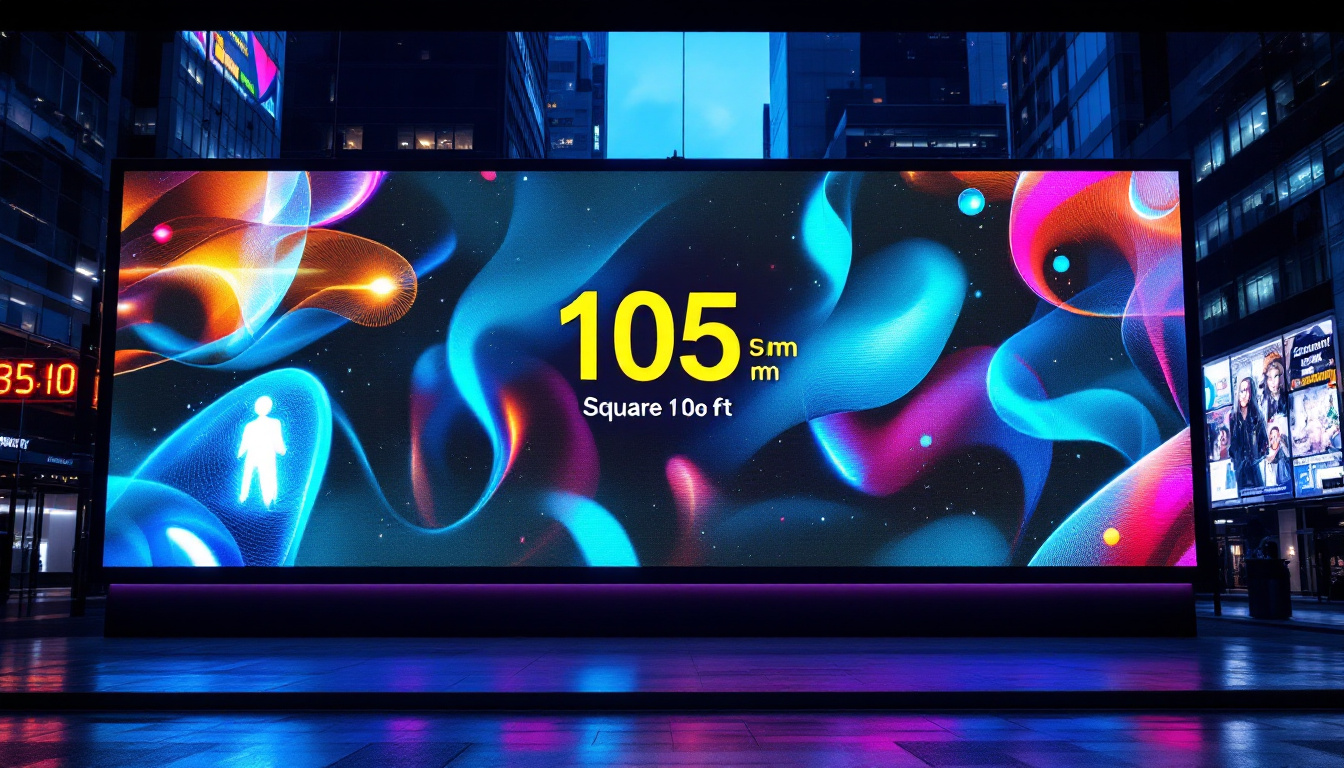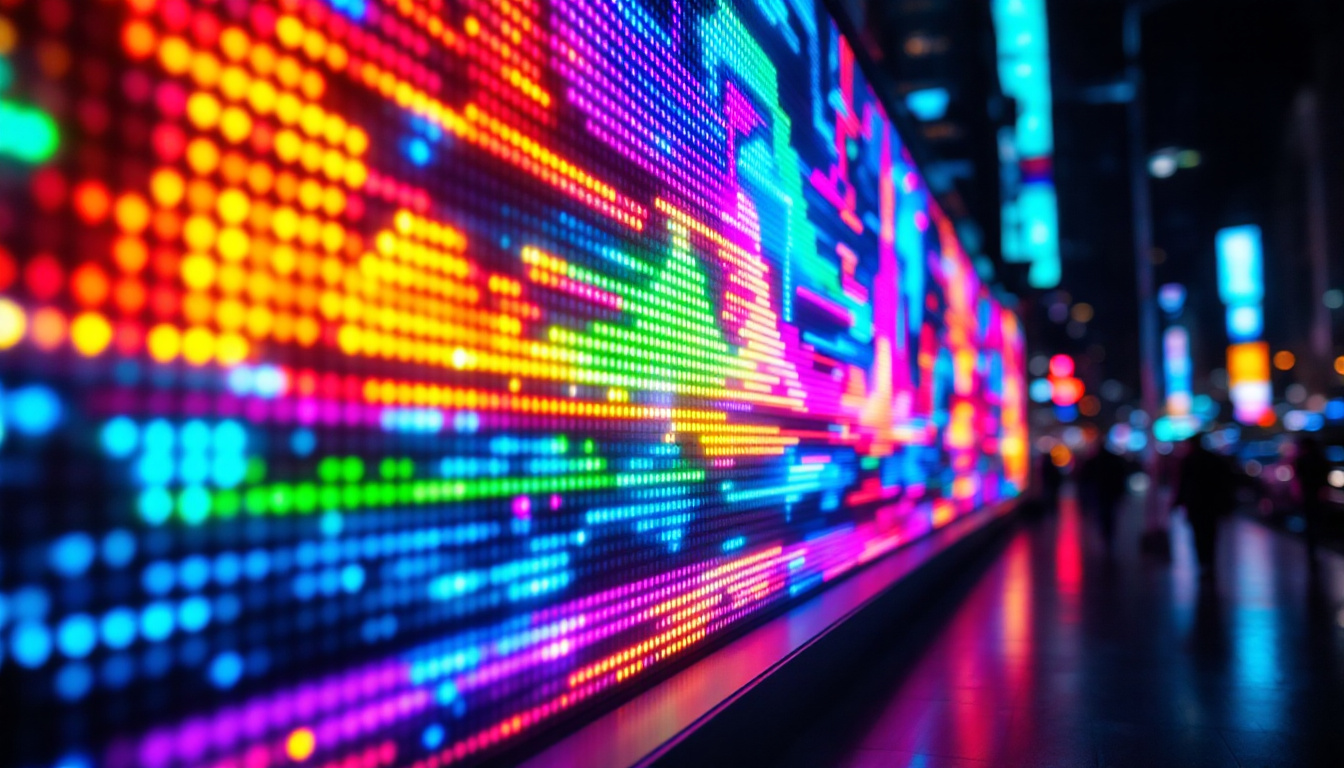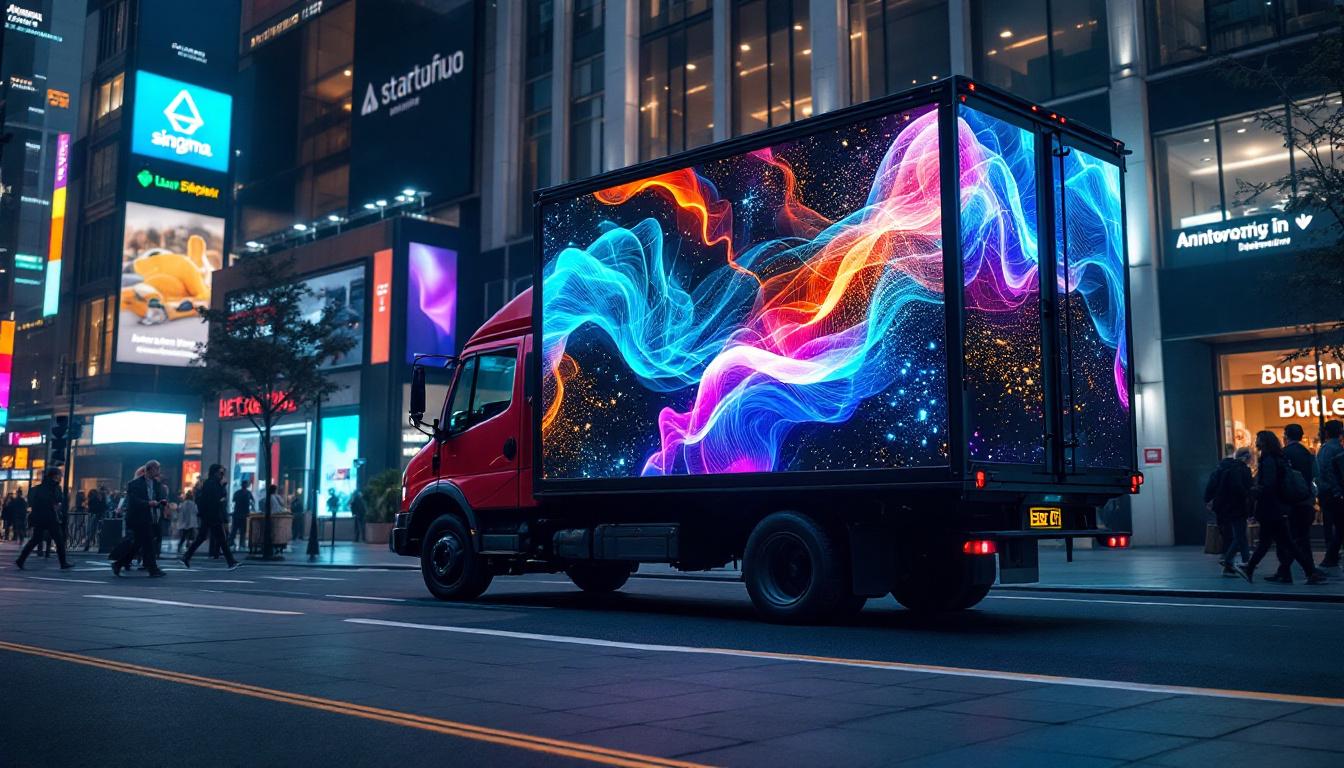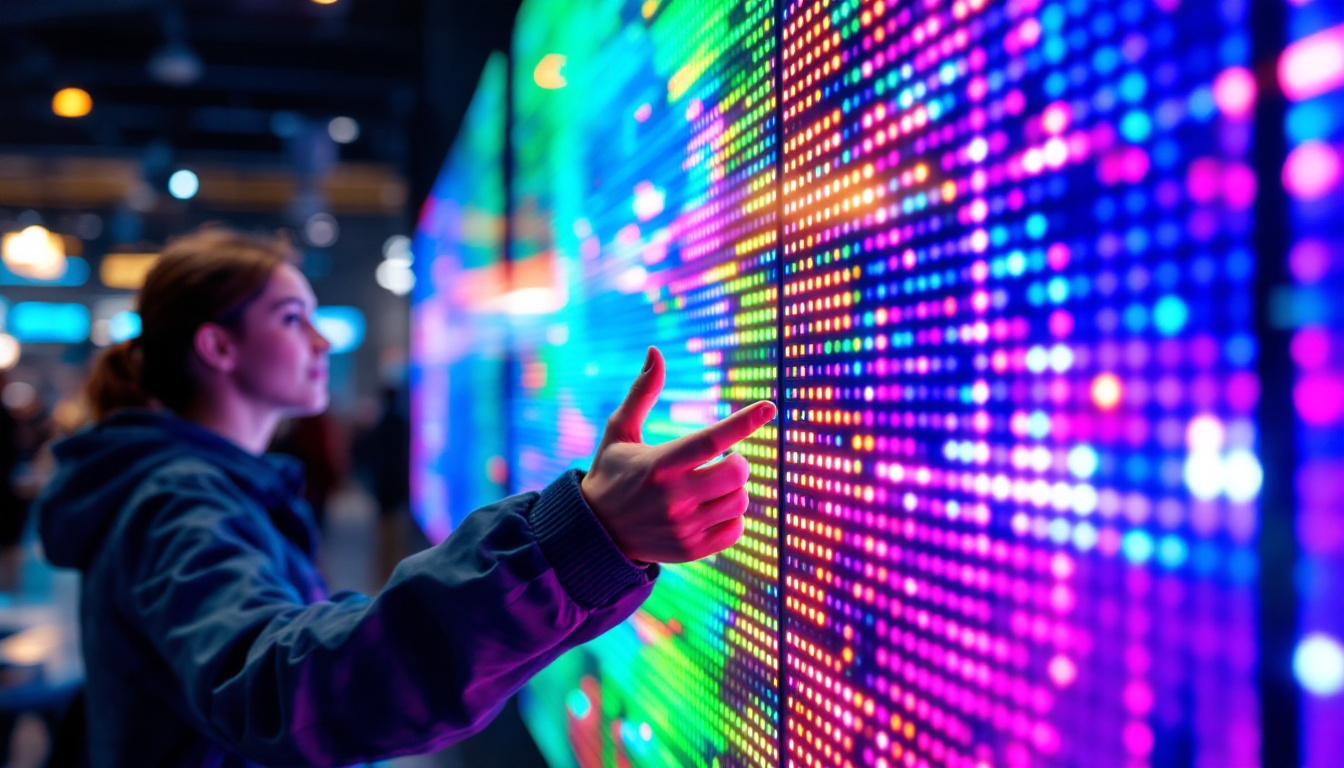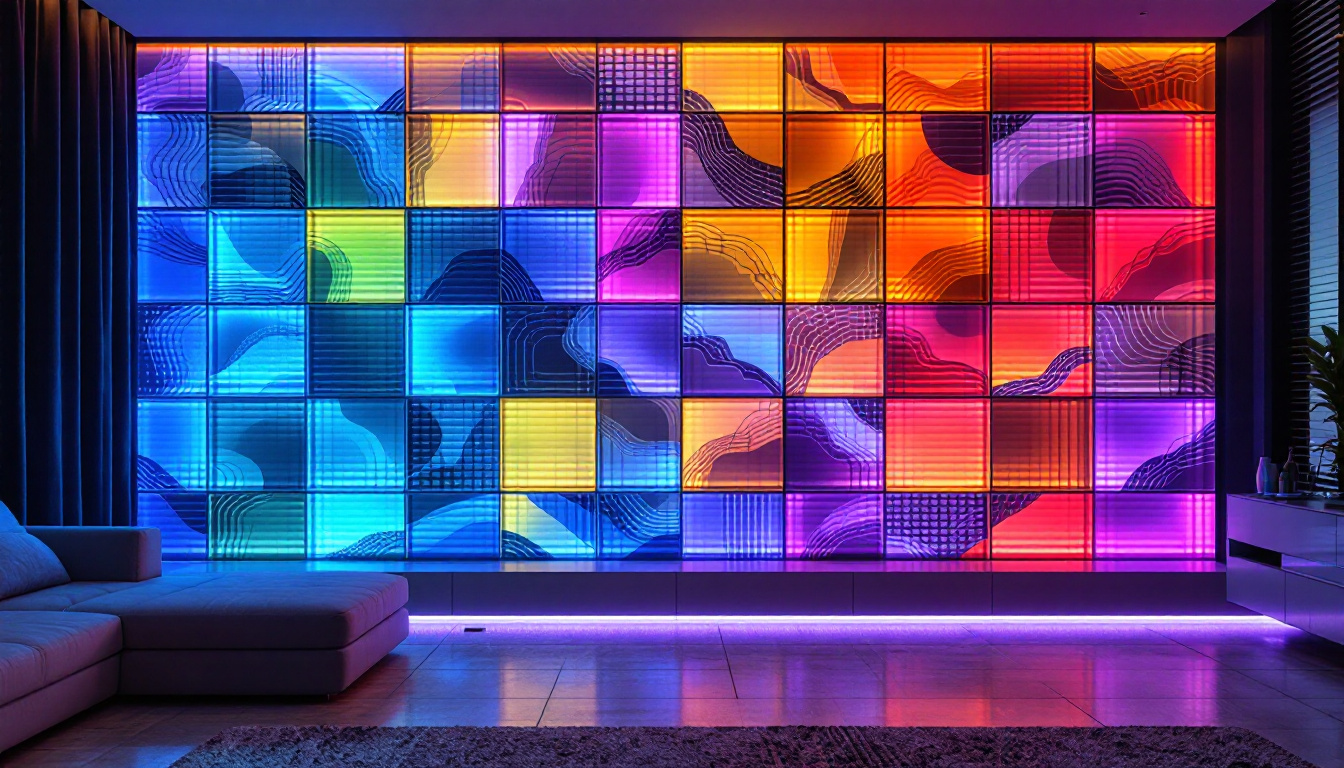In the modern dining experience, technology plays an increasingly pivotal role in enhancing customer engagement and operational efficiency. One of the most striking innovations in this arena is the use of LED displays in restaurants. These vibrant screens not only serve as a tool for information dissemination but also elevate the overall ambiance of the dining space. This article delves into the various aspects of LED displays in restaurants, exploring their benefits, types, and the future of digital signage in the culinary world.
Understanding LED Displays
LED (Light Emitting Diode) displays have transformed how information is presented in various sectors, including hospitality. These screens utilize light-emitting diodes to create bright, colorful visuals that are easily visible even in well-lit environments. The technology behind LED displays has evolved significantly, making them more efficient, durable, and versatile than ever before.
The Technology Behind LED Displays
At the core of LED display technology is the concept of electroluminescence. When an electric current passes through a semiconductor material, it emits light. This principle is harnessed in LED screens, where thousands of tiny diodes work together to produce images and videos. The result is a display that is not only energy-efficient but also capable of delivering high-quality visuals with excellent contrast and color accuracy.
LED displays can be categorized into two main types: direct view and backlit. Direct view LED displays are composed of individual pixels made from LEDs, providing exceptional brightness and clarity. Backlit LED displays, on the other hand, use LEDs to illuminate an LCD panel, offering a different set of advantages, such as thinner designs and lower production costs.
Benefits of LED Displays in Restaurants
Implementing LED displays in restaurants comes with a plethora of benefits that can significantly enhance the dining experience. From dynamic menus to promotional content, these screens can be utilized in various ways to captivate customers and streamline operations.
One of the most notable advantages is the ability to update content in real-time. Restaurant owners can easily change menu items, prices, and promotional offers with just a few clicks. This flexibility allows for quick responses to inventory changes or seasonal offerings, ensuring that customers always receive the most accurate information.
Moreover, LED displays can also enhance the ambiance of a restaurant. By incorporating vibrant visuals and engaging animations, establishments can create a more inviting atmosphere that encourages patrons to linger longer and enjoy their meals. For instance, a restaurant might showcase mouth-watering images of its signature dishes or display live social media feeds featuring customer experiences. This not only boosts customer engagement but also fosters a sense of community, as diners feel more connected to the brand and each other.
Additionally, LED displays can serve as powerful marketing tools. By strategically placing screens in high-traffic areas, restaurants can effectively promote special events, happy hour deals, or new menu items to capture the attention of diners. The ability to incorporate video content further amplifies this impact, as moving visuals are often more eye-catching and memorable than static images. As a result, restaurants can drive sales and increase customer retention through targeted advertising that resonates with their audience.
Enhancing Customer Experience
In a competitive market, creating a memorable dining experience is essential for attracting and retaining customers. LED displays play a crucial role in this aspect by providing engaging visuals that enhance the restaurant’s atmosphere.
Dynamic Menu Displays
Gone are the days of static menus displayed on paper or chalkboards. LED screens allow restaurants to showcase their menus dynamically, incorporating high-resolution images and videos of dishes. This not only makes the menu more visually appealing but also helps customers make informed decisions about their meals.
Moreover, dynamic menu displays can highlight special promotions, chef recommendations, or seasonal dishes, enticing customers to try something new. The vibrant visuals can stimulate appetite and create a sense of excitement around the dining experience.
Interactive Elements
Another innovative use of LED displays in restaurants is the incorporation of interactive elements. Touchscreen technology can be integrated into the displays, allowing customers to browse the menu, customize their orders, or even play games while they wait for their meals. This interactivity can enhance customer engagement and make the dining experience more enjoyable.
Additionally, interactive displays can provide information about ingredients, nutritional values, and allergen warnings, helping customers make choices that align with their dietary preferences and restrictions.
Operational Efficiency and Cost-Effectiveness
Beyond enhancing customer experience, LED displays also contribute to improved operational efficiency in restaurants. By streamlining communication and reducing the reliance on printed materials, these screens can help businesses save time and money.
Streamlined Communication
LED displays can serve as a central hub for information dissemination within the restaurant. For instance, they can be used to display kitchen orders, staff schedules, or daily specials, ensuring that all team members are on the same page. This real-time communication can reduce errors and improve service speed, ultimately leading to higher customer satisfaction.
Furthermore, LED displays can be strategically placed in various areas of the restaurant, including waiting areas, dining rooms, and even outdoor spaces. This versatility allows for effective communication with customers and staff alike.
Cost Savings
While the initial investment in LED display technology may seem significant, the long-term cost savings can be substantial. Traditional printed menus and promotional materials require regular updates and replacements, leading to ongoing expenses. In contrast, LED displays can be updated digitally, eliminating the need for printing and reducing waste.
Additionally, energy-efficient LED technology consumes less power than traditional lighting options, contributing to lower utility bills over time. As a result, restaurants can enjoy both operational efficiency and cost savings by integrating LED displays into their business model.
Types of LED Displays for Restaurants
There are several types of LED displays that restaurants can choose from, each offering unique features and benefits. Understanding these options can help restaurant owners make informed decisions about which displays best suit their needs.
Video Walls
Video walls are large displays made up of multiple smaller screens arranged in a grid format. These impressive installations can create stunning visuals and are ideal for restaurants looking to make a bold statement. Video walls can showcase dynamic content, such as promotional videos or live feeds, captivating customers and enhancing the overall ambiance.
Moreover, video walls can be customized to fit various spaces, making them suitable for both small and large restaurants. Their ability to display high-resolution images and videos makes them a popular choice for establishments aiming to create a memorable dining experience.
Digital Menu Boards
Digital menu boards are specifically designed for displaying restaurant menus. These screens can be mounted on walls or placed on stands, providing a clear and visually appealing way to present menu items. With the ability to update content in real-time, digital menu boards ensure that customers always have access to the latest offerings.
Many digital menu boards also come equipped with scheduling features, allowing restaurant owners to program different content for various times of the day. For example, breakfast menus can be displayed in the morning, while lunch and dinner menus can take over later in the day. This flexibility further enhances the customer experience by providing relevant information at the right time.
Interactive Kiosks
Interactive kiosks are standalone units that allow customers to place orders, customize their meals, and make payments without the need for staff assistance. These kiosks can be equipped with touchscreen technology and integrated with LED displays to create an engaging ordering experience.
By reducing wait times and streamlining the ordering process, interactive kiosks can improve operational efficiency and enhance customer satisfaction. They also provide an opportunity for upselling, as customers can easily browse additional menu items and promotions while placing their orders.
The Future of LED Displays in Restaurants
As technology continues to evolve, the role of LED displays in restaurants is likely to expand even further. Innovations in digital signage and display technology promise to enhance the dining experience and operational efficiency in new and exciting ways.
Integration with Smart Technology
The future of LED displays in restaurants will likely see greater integration with smart technology. This could include features such as AI-driven content management systems that analyze customer behavior and preferences to deliver personalized messaging. For example, a restaurant could display tailored promotions based on the time of day, customer demographics, or even weather conditions.
Additionally, integration with mobile apps and loyalty programs could further enhance the customer experience. Customers could receive notifications on their smartphones about special offers displayed on LED screens, encouraging them to visit the restaurant more frequently.
Sustainability Considerations
As sustainability becomes an increasingly important focus for businesses, LED displays offer a more eco-friendly alternative to traditional signage. The energy-efficient nature of LED technology, combined with the reduction in paper waste, aligns with the growing demand for sustainable practices in the restaurant industry.
Future innovations may also focus on the recyclability of display materials and the use of sustainable production methods, further enhancing the environmental benefits of LED displays in restaurants.
Conclusion
LED displays have emerged as a powerful tool for restaurants, enhancing customer experience, improving operational efficiency, and providing cost savings. With various types of displays available, restaurant owners can choose the options that best suit their needs and goals.
As technology continues to advance, the future of LED displays in the culinary world looks promising. Integration with smart technology and a focus on sustainability will likely shape the next generation of digital signage, enabling restaurants to create even more engaging and memorable dining experiences.
In summary, the adoption of LED displays is not just a trend but a strategic move that can significantly impact a restaurant’s success. By embracing this technology, restaurant owners can stay ahead of the competition and provide their customers with an exceptional dining experience.
Discover the Future of Restaurant Displays with LumenMatrix
Ready to transform your restaurant’s dining experience with the latest in LED display technology? Look no further than LumenMatrix, a leader in innovative LED solutions. From captivating Indoor LED Walls to dynamic Outdoor Displays, and even specialized solutions like LED Sports and Floor Displays, LumenMatrix has the tools to revolutionize your visual communication. Embrace the future and check out LumenMatrix LED Display Solutions today to elevate your brand visibility and create unforgettable customer experiences.

